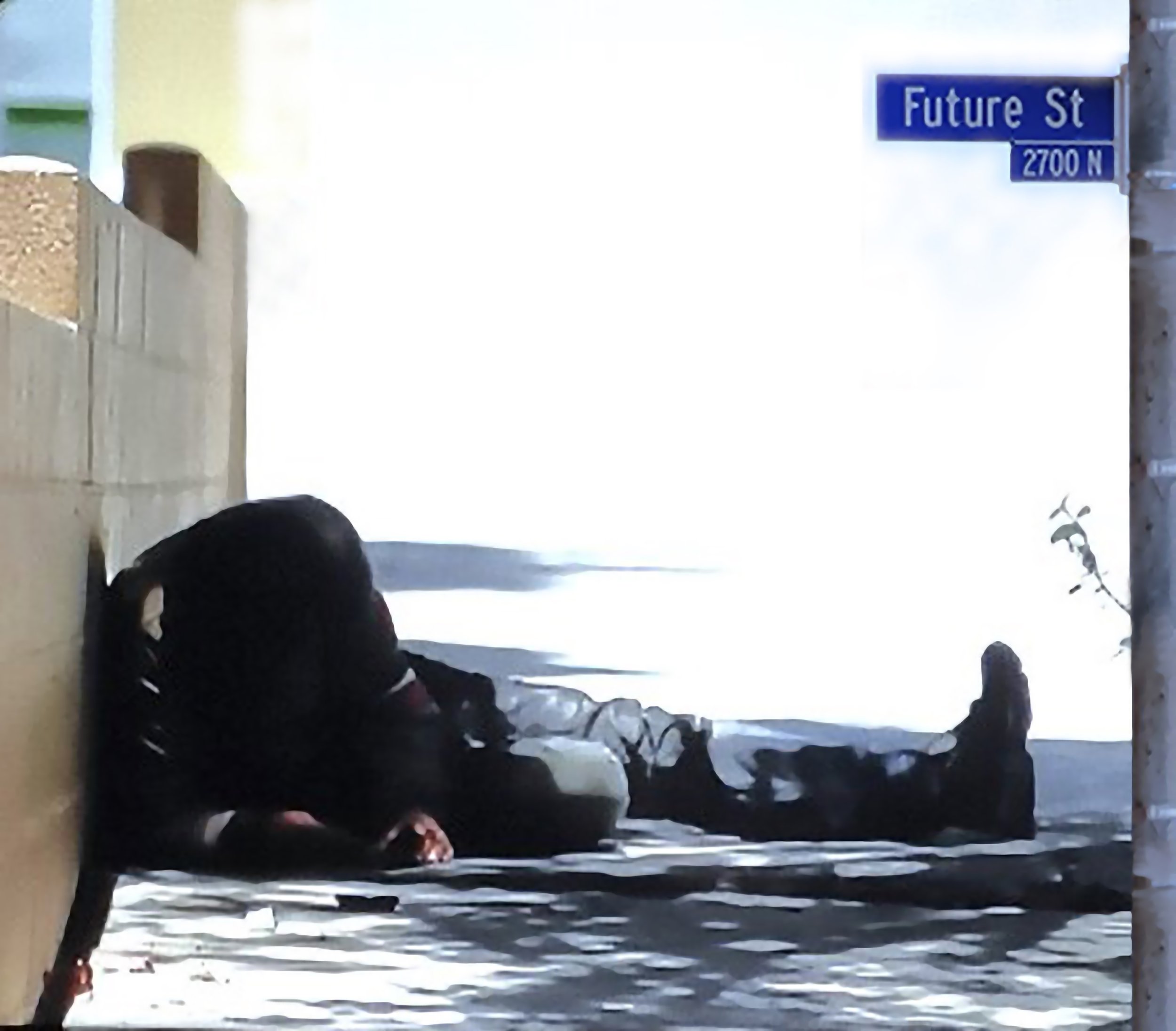Hans van Wingerden
-
Publications, articles, editions
→ 12-07-1974 “Promising Exhibition”, graduate exhibition, Brabants Dagblad
→ 21-08-1976 “Art Journal – De Beyerd”, Nieuwsblad van Het Zuiden
→ 27-06-1977 “Royal Grant for four Brabanders”, Brabants Dagblad
→ 09-09-1977 “Art Journal Insaid”, Nieuwsblad van het Zuiden
→ 1993 Signalementen (2), publication by Museum Het Kruithuis
→ 11-02-1986 “Abstraction and Figurative”, Frankfurter Allgemeine
→ 1984 Painting in North Brabant after 1975, published by NBKS, Breda
Self-published editions:
→ 1991 Work 1990/199
→ 1991 Neither Language nor Sign, on the autonomy of the act
→ 1992 Wit, publication by artists' association Wit
→ 1993 Networks, work following the exhibition of the same name
→ 2009/2010 “The Crossing”, photo project
→ YouTube: https://www.youtube.com/watch?v=7WDPquNQfZI
→ Virtual Gallery Anasaea: https://anasaea.com/viewExhibition/urhpn55B2Tu8oZjmx
→ Interview – Contemporary Art Curator: https://www.contemporaryartcuratormagazine.com/home-2/hans-wingerden-interview
→ Artist Closeup: https://www.artistcloseup.com/blog/hans-van-wingerden
→ Contemporary Art Collectors: https://www.contemporary-art-collectors.com/art-insights/hans-van-wingerden-review
-
Solo, among others
→ 2010 Hooghuis Photo exhibition, Heusden
→ 2000 WTC, Amsterdam
→ 1995 “Networks” De Verschijning, Tilburg
→ 1992 Gallery De Pook, Hengelo
→ 1992 Museum Blankenstein / Northern Art Court, Appingedam
→ 1989 Hall Strauß, ’s-Hertogenbosch
→ 1985 Gallery Das Auge, Lauda, FRG
→ 1984 Foundation Artist and Consumer, ’s-Hertogenbosch
→ 1983 Signalementen, Museum Het Kruithuis, ’s-Hertogenbosch
Group, among others
→ 2024 Nieuwe Kunstruimte, ’s-Hertogenbosch
→ 2023 Open Studio + Exhibition, ’s-Hertogenbosch
→ 2022 Noorderkunstlicht, ’s-Hertogenbosch
→ 2021 Art Route, ’s-Hertogenbosch
→ 2019 Poetry, Theater a/d Parade, ’s-Hertogenbosch
→ 2018 Cultural Center Zwaneberg, Heist-op-den-Berg, Belgium
→ 2005 Art Center Keg, Schijndel
→ 2001 Stokpunt, ’s Hertogenbosch
→ 1997 Typeface Café, Melkfabriek, ’s-Hertogenbosch
→ 1995 BMW Project (+ Leon van den Bogaert), Airport, Munich, FRG
→ 1995 C. Factory, Turnhout, Belgium
→ 1993 Gallery Germinahof, Sterksel
→ 1992 Gallery Reinart, Oyen
→ 1993 Der Tufa, Trier, FRG
→ 1990 Gasthuis Gallery, ’s-Hertogenbosch
→ 1986 Wit, Krabbedans, Eindhoven
→ 1978 Museum Het Kruithuis, ’s-Hertogenbosch
→ 1979 Gallery Bouma, Amsterdam
→ 1978 Gallery Insaid, Oisterwijk
→ 1977 Royal Grant, Stedelijk Museum, Schiedam
→ 1976 “Land in sight”, De Beyerd, Breda
→ 1974 Provincial Government Building, ’s-Hertogenbosch
Collections:
→ Netherlands Government Art Collection (Rijksdienst Beeldende Kunst)
→ Municipality of ’s-Hertogenbosch
→ De Bonth van Hulten B.V., Nieuwkuijk
→ Administrative Office Diocese Rothenburg
→ Bonnefanten Museum, Maastricht
→ Makita Benelux B.V., Tilburg
→ De Bont B.V., Oss
→ Museum Het Kruithuis, ’s-Hertogenbosch
→ Many private collectors, nationally and internationally
-
→ 1977 Royal Grant, Painting Prize
→ 2025 Premier Artist Prize
→https://www.contemporaryartstation.com/premier-awarded-artists-2025/hans-van-wingerden
-






My work has spanned many areas over the past 45 years. Partly out of necessity, partly out of need. For this introduction, the need is the most relevant.
Starting out as a realist—after all, during my graduation period, it was the time when the photorealists were breaking through—my work went through various developments. Although I had some success with my photorealistic work (Royal Grant), I found it too labor-intensive, or perhaps I should say too craft-based.
The work process, after all, consisted of the design, which only took a few hours, and the execution, sometimes several weeks or even months. Moreover, interest in this work declined significantly, partly due to the rise of digital photography, so I shifted my focus to other forms of expression—first the new figuration, then geometric abstraction, eventually leading to abstraction that followed only the language and sublimation of the act itself.
These developments certainly did not happen abruptly but had a gradual transition—visible and explainable. I never aimed to follow or felt inspired by the prevailing movements of the time—understandably, as the trends succeeded each other rapidly and were too affect-driven. I followed my own path in my exploration of the image, the concentration of painting, and the obsession with the act itself.
After that period, around 1996, after I had painted together the entire post-war “avant-garde,” everything came together. A working method emerged in which the image gained a structured and conceptual foundation. All techniques I had previously used became secondary—the technical treatment of the material was sometimes not unimportant, but served the meaning.
This conceptual orientation of my work has never left me. I have applied variations of materials whenever an expression required maximum impact. This also led to the inclusion of three-dimensional elements as a new possibility. After salvaging a lot of neon from demolished factory buildings—which otherwise would have ended up in a dumpster—I began using it regularly: neon light as a reinforcing element.
Principles of work In my conceptual work, image or stylistic characteristics do not play an important role. I consider such concepts to be outdated after postmodernism. Images have become the commonplace of mass culture.
Only by providing an image with new codes or context can it escape from them: I borrow images and recompose them. It is about a representation of concepts that are regularly discussed in our contemporary visual world, but through manipulation, contextual alienation and associative reference, they produce a new visual meaning.

